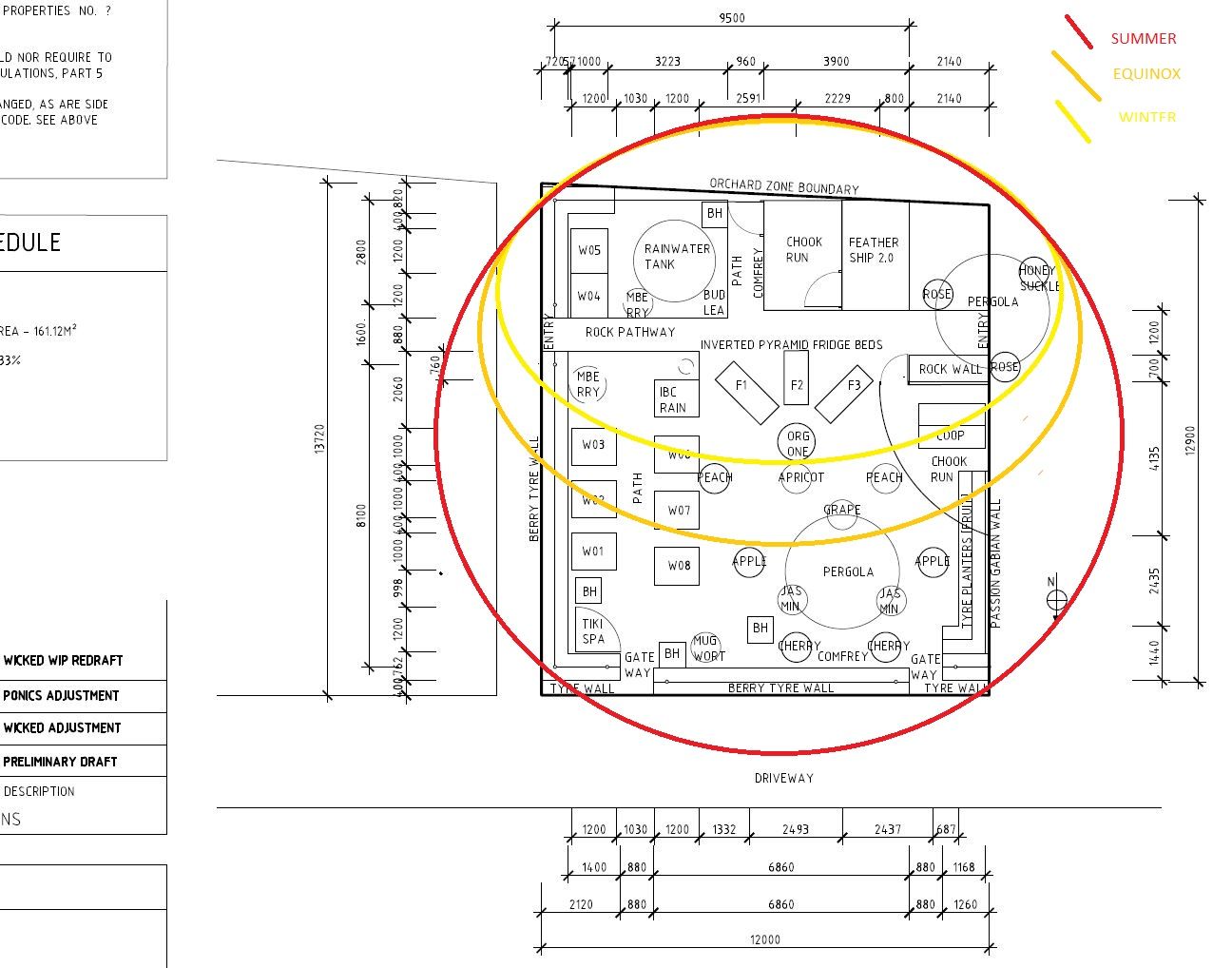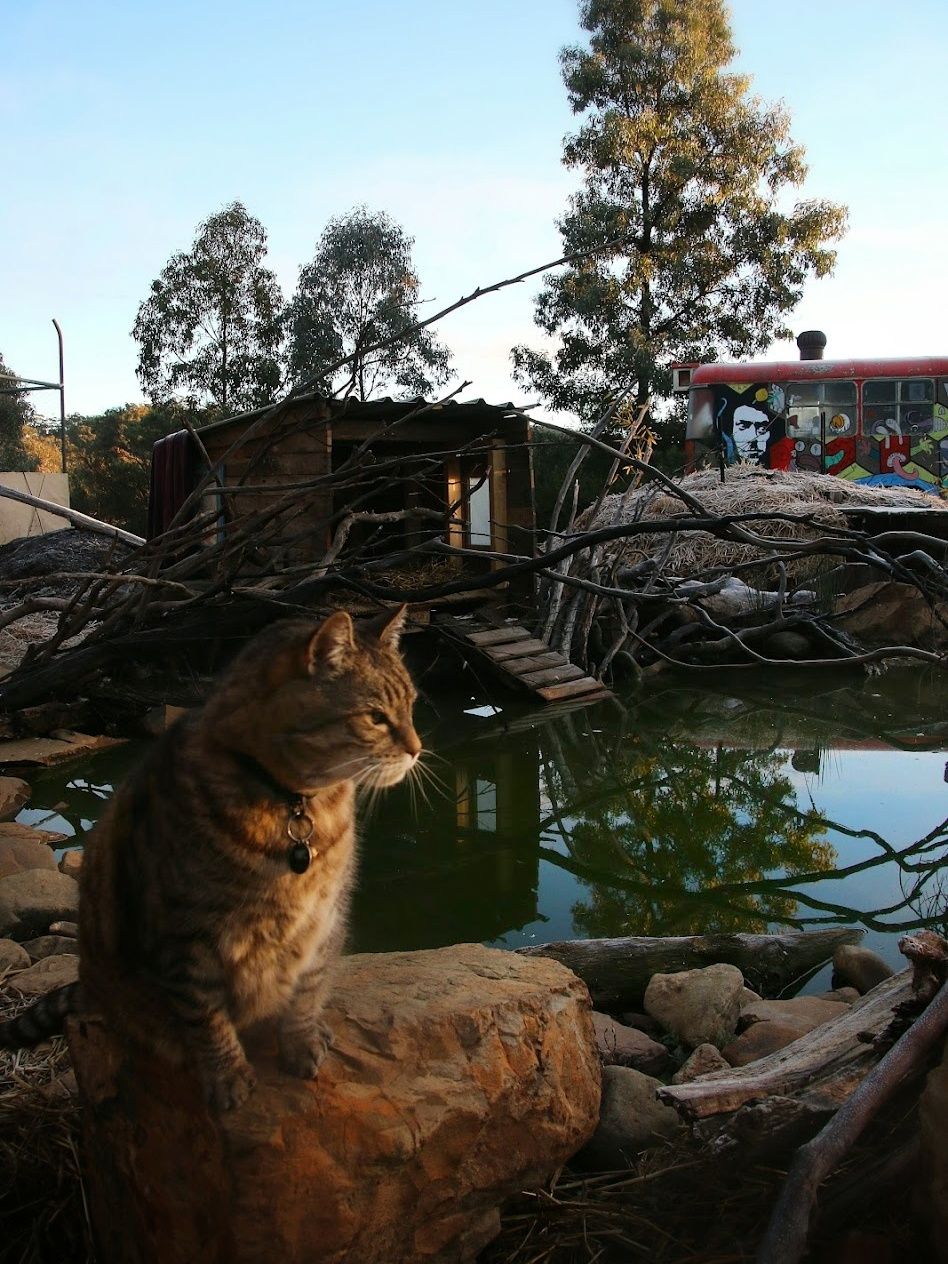As the nights begin to shorten signalling winter’s twilight, it’s a great time to reflect on the current state of your garden’s affairs, no matter how great or small. The first and fundamental principle of permaculture: Observe & Interact!
To get your garden Spring ready, it’s important to understand the space you’re working in. Every year your garden should be evolving, just like us!
Working with nature is a garden’s secret to success. The best way to do this is to be present and watch what goes on at different times. Lo-fi site analysis. Turn chores into mini outdoor adventures: ritual morning coffee, lunch under the filtered sun, a mid-arvo walk with the cat (or chook) and your caddy to the compost, basking in the golden hour for evening birdsong… you get the idea!
What are a gardener’s best tools? Our senses! Closely followed by pen & paper - take notes, start a diary, make plans!
There are wonderful digital tools available to the tech savvy that enable planning including SketchUp (the simple, good enough version is free online), advanced tools like AutoCAD, site specific 3D shadow diagrams, geo-mapped sun paths via 3D Revit and many more. They’re incredibly valuable, I use them semi-regularly for both landscape & building design however nothing beats simplicity.
We tend to over-engineer everything and it’s unnecessary. The most incredible gardens have been designed for many millennia by embracing this one tried and tested permaculture principle based on a timeless idiom affirming awareness of your surroundings prior to engagment:
Look before you leap! It’s a universal law.

More often than not I reach for a dog-eared notepad & much loved pen to meander outside with and/or just scribble over an existing site plan I’ve already drawn up (See above for a fast & furious solar path overlay in MS Paint!).
Map the sun, shadows, topography, distances, pollinator paths and more. This is the blueprint from which everything else is spawned.
Ten minute pen squiggles are fine, whatever floats your boat Captain Stick Man! It doesn't have to be Archibald Prize ready as long as it makes sense to you. Ideally documentation should happen 4 times a year: both Solstices and Equinoxes when the sun's azimuth peaks & lows. The first call to action after site analysis is complete, will be winter cleanup & maintenance before kicking into creation mode. All the necessary prep before the delightful hedonism of Spring ambushes us all with her palette-rich flush.
Luxuriate in this mindful labour of love now. And you and your garden will be unrequited nevermore!

Dip your toes more. Take a deeper dive:



